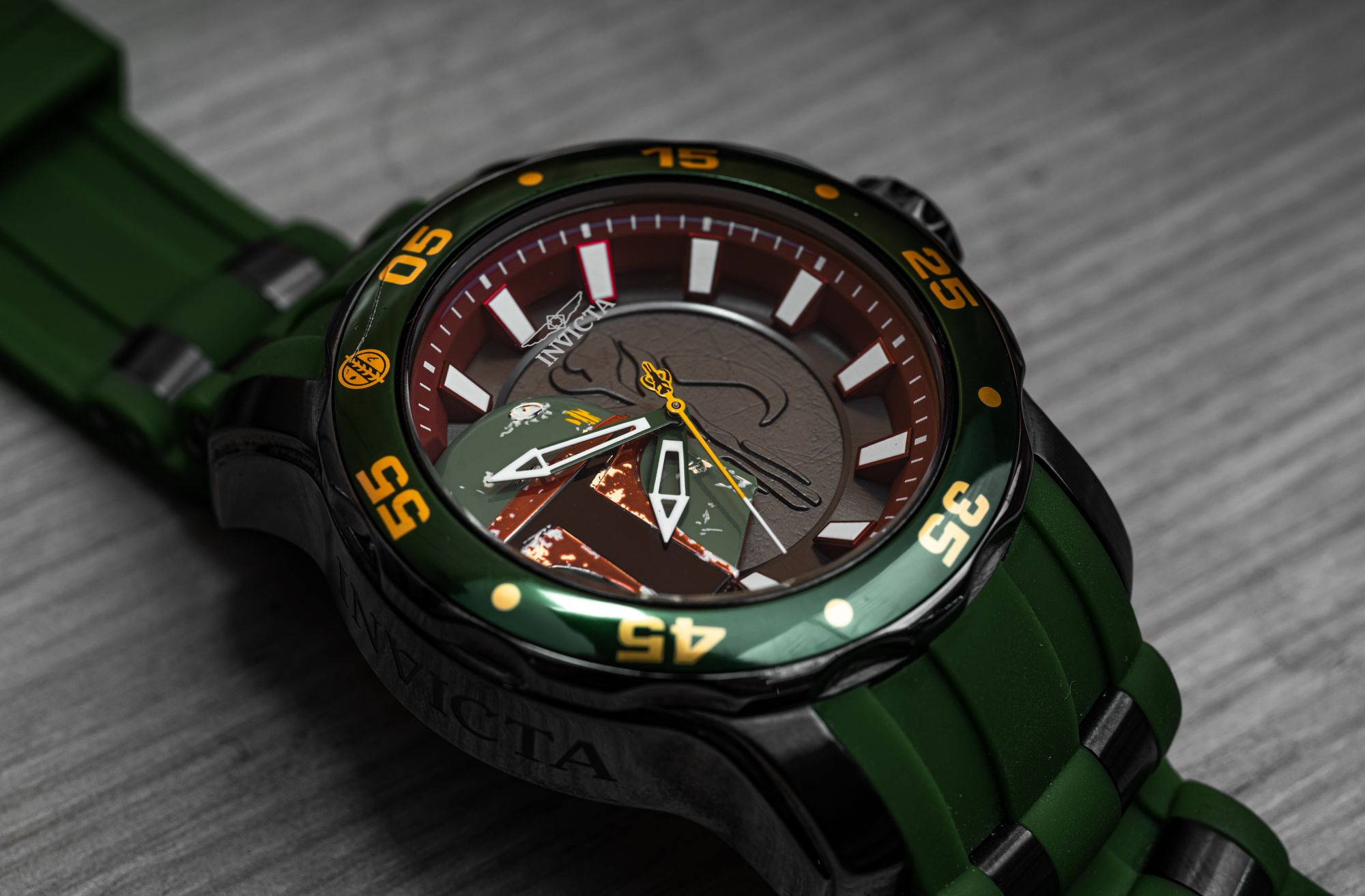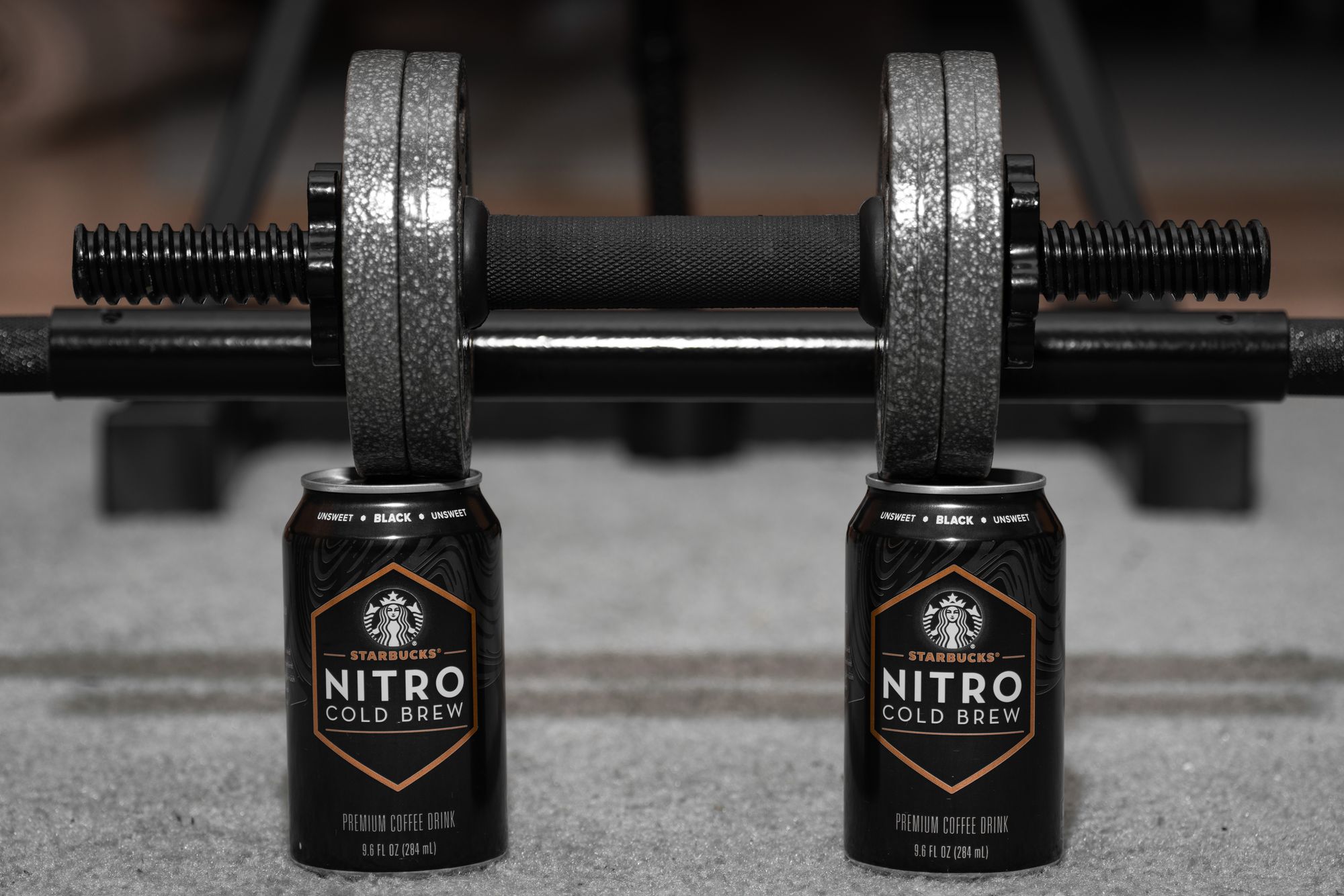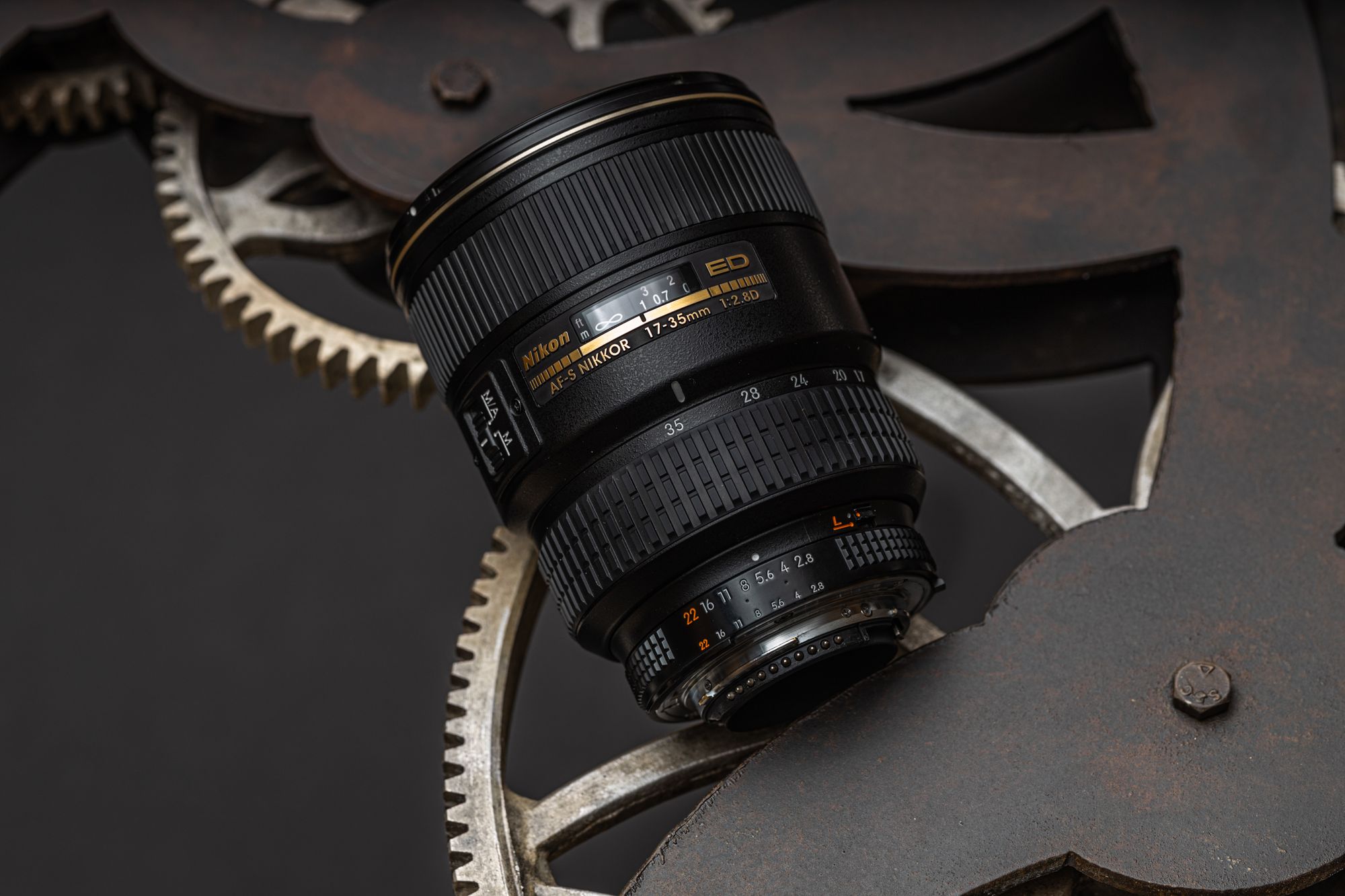My Experiences With Vintage Manual Lenses On Mirrorless Cameras
My journey into what has now become my main method of photography started about a year ago in 2019 when I got my first mirrorless camera, a Sony A7R II. But that isn't the whole story. Certainly where it really began was with my first camera, my trusted Canon EOS T2i and an EF 50mm F/1.8 II I got for a combined total of about $185. I never had liked autofocus, it was so inaccurate on the T2i that I just couldn't use it except for very basic and quick adjustments. I abused this camera, day in and day out, taking many images and certainly dropping that 50 1.8 a lot. Eventually, the 50 1.8 shell cracked open and it kind of fell apart. No issue though, these old lenses were tanks and I just clicked it back together, but I had no AF, the motor was dead. From that point on I used only manual focus for every shot I ever took. Back to the A7R II, this is where my contact with vintage manual glass came from. I had planned on getting an EF to FE adapter for the Sony so I could use my well liked Canon lenses, but realized quickly that with how much money I had spent on the body, that would not be possible any time soon. Then I got tipped off by a random post for a $24 Vivitar lens from the 1980s, I began my search for cheap vintage lenses that I could use on my A7R II while I was getting money for "real" lenses. That definition of a real lens certainly changed very quickly. I soon ended up with a Canon nFD 35-105 F/3.5 and a Canon nFD 50mm F/3.5 Macro, and was absolutely stunned.

The image quality that came out of the 50mm macro absolutely astonished me. It was the sharpest lens I had ever seen, despite being nearly 40 years old. The 35-105 did not fare so well. It had not been taken care of over the years, had significant haze, and was full of dust, and I eventually was forced to trash it as the images were unusable. This is the only caution I can provide to vintage glass; while it costs more to get a good sample that was well taken care of, don't skip out, it will hurt you later.
After the success of this 50mm, I found my next lens, the 100-300mm F/5.6L. This lens was supposed to be one of the best Canon nFD zoom lenses, and it very much did not disappoint.

The lens became my favorite go to for anything I wanted to stay further away from, the sort of shots I just couldn't use a 50mm macro for. It is a single ring design, so one ring is used for zoom and focus, which is not my favorite, but this lens did it quite well. The focus was smooth and had a nice dampening to it, and when zooming, the ring moved, stopped, and stayed where I left it, without straying while I focused. It was surprisingly nice to use, considering my preference of two rings. I used this lens when out on walks for photos of wildlife, used the macro feature for close shots of basically anything, and after using it for about a month, I realized I needed a dedicated 100mm ish lens, and eventually settled on the Nikon AF-D Micro-Nikkor 105mm F/2.8. I had read a lot of great things about this Nikon legend, and was very excited when I found a copy in good shape with no issues for a good price.


The Nikon 105mm macro is actually an AF enabled lens, but only on certain Nikon bodies with an AF motor to drive the lens, that definitely did not apply to me as I was using it on an A7R II and a Canon EOS R with simple manual adapters, so it is included in my collection as a manual lens, through and through.
The Nikon 105mm and the Canon 50mm Macro have become my favorite go to lenses. They are both tack sharp, have satisfying focus rings, snappy aperture control, and are overall a lot of fun to use. All of these lenses have followed me as I switched from a Sony A7R II to a Canon EOS R, and have significantly impacted the way I shoot. I am more apt to change the aperture value of the shot, as I can simply turn a tactile ring to do so, rather than opening a setting on the camera or assigning one of the few dials I have on the camera to aperture control. Having to rely on my own movements to focus images has given me the skills to quickly and accurately focus a lens no matter the situation. At one point, as I was walking a trail, a deer ran out in front of me, and I was able to bring up my camera, quickly focus, and snap a quick photo before it ran off.

While the shot was perfectly focused, the shutter speed was still too slow to freeze the deer's motion. My skills overall have become sharp enough to use manual control as a daily walk around method of shooting, and even good enough for events I go to. It truly is much more satisfying to be in complete and total control of everything your shot entails. The full control over all aspects of the image, from focus to aperture, without needing to break my focus with a screen to change any of those settings, is one of my favorite parts of photography now. Full manual control has gotten me closer to my images in ways that would have been significantly more difficult or annoying to do on anything newer.
This is my update as I have now been shooting completely manual for two years now, and as I write this, it is 2021. I have since expanded and condensed my collection to include a lot more Nikon glass and a lot less Canon. Not out of any dislike for Canon, but simply because the specific lenses I have been in need of, Nikon just made better versions of. Part of this is due to the fact that when Canon switched to the EF mount ecosystem, they went to full electronic control. No more aperture rings, and many lenses could not focus without being connected to an EOS body or a smart adapter to another camera. Nikon, on the other hand, continued building lenses with manual controls for every aspect of the image, while building around autofocus systems for those that needed them, all the way up until the early 2000s and many of those lenses are still in production today. Being able to shoot with rather new glass while maintaining full manual control has opened up options for me to improve my image quality with newer, better lenses, without giving up on my preferred shooting method, or lightening my wallet another $5000 for the lenses I need. I especially use my Nikon AF-S lenses.
I have been using a Nikon AF-S Nikkor 17-35mm F/2.8D as one of my main walk around lenses with my EOS R for a bit now, and have come to greatly enjoy it. These earlier AF-S designs captured everything I love about manual Nikon glass. They're well made, have satisfying focus and zoom rings, and a nice snappy aperture ring. All of that with relatively modern optical designs and lots of engineering put into making those optics as good as possible for even today's professionals.


I have since bought an AF-S 80-200mm F/2.8D and am very much excited to get that in in the coming week. The AF-S series before they removed the aperture ring and cheapified the lineup is still one of my favorite series of lenses, and I will continue to use the ones I have for quite a long time. More legendary, however, are Nikon's lineup of AI and AI-s lenses, that never included any form of auto anything, and were built to some of the highest mechanical standards of anything, period. I have had limited experience with these lenses due to issues with sellers, but am expanding my collection with several AI-s lenses in the near future, and many have an even greater reputation than their AF or AF-S counterparts.
The full control over all aspects of the image, from focus to aperture, without needing to break my focus with a screen to change any of those settings, is one of my favorite parts of photography now. Full manual control has gotten me closer to my images in ways that would have been significantly more difficult or annoying to do on anything newer. If you have a mirrorless camera, and don't know if you'll enjoy shooting on a manual lens, pick an older FD lens, or perhaps a Nikon AI-s, in whatever focal length you want to try, and give it a shot. You likely won't regret it.
Comments?
Leave us your opinion.